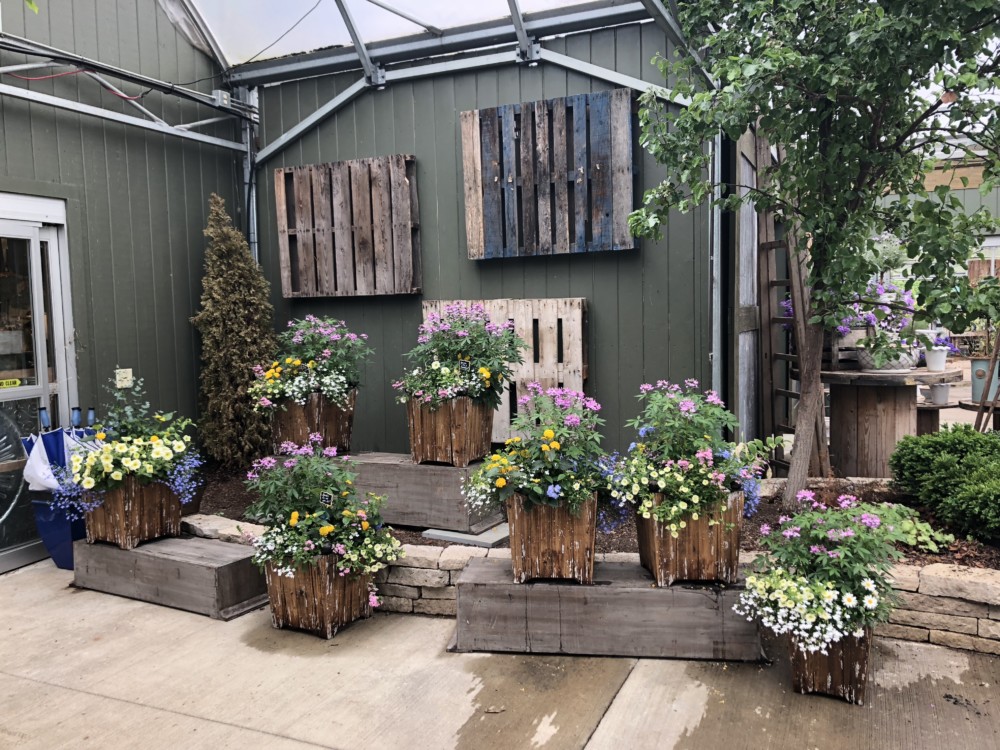
7 Steps to Craft a Merchandising Plan in 2019
Looking to better utilize a problem area at your retail garden center? Let Proven Winners help!
With a goal of continually working to offer effective, innovative ways to satisfy your customers, we’ve worked with independent retailers across North America to create a custom Proven Winners Destination in their existing store. These IGCs have seen positive changes immediately and are able to move more product as a result.
How It Works
Jessica DeGraaf or Meghan Owens, regional account managers for Proven Winners, are ready to meet with you
to discuss your goals for your store. They’ll work one-on- one with you to find the most effective place to add a Destination within your existing layout, which is often
a low traffic area that needs a boost. Together, you will brainstorm ideas on how to display the product there, and they will help you produce custom signage that matches the look and feel of your store.
For more information or testimonials from other IGCs that have completed the program, contact JessicaDeGraaf at [email protected] or 616.706.7970.
As many of you can attest, there’s certainly more to selling than meets the eye. Any business journal you pick up will tell you it’s all about metrics and mining information from the data. While metrics are certainly critical, let’s not overlook the power of the senses, specifically the sense of sight.
We’ve long been educated that the sense of smell is highly important, but the majority of the information that our brain processes (83 percent to be exact, according to Lawrence D. Rosenblum’s “See What I’m Saying: The Extraordinary Power of Our Five Senses”) is through the sense of sight. That’s right, 83 percent!
If that doesn’t give you pause, especially when considering the visual identity of your garden center, I’m not sure what will.
The garden center design of 20 to 30 years ago was large and heavily focused on providing an extensive amount of product in both the green goods and hard goods categories. This model resonated well with the discerning “plant geek” that valued high-quality plant material, but more importantly, choice and breadth of product.
While the supercenter model of the 1990s and early 2000s does work, it’s become evident that we need to change this model to more fully engage our current customer and attract new customers.
Every square inch of your store costs you money and, more importantly, has the opportunity to make you money. Ineffective use of space and underachieving in-store displays must be fixed ASAP!
Let’s talk about visual merchandising — the art of optimizing your store and creating arresting visual displays to maximize your revenue. Your visual identity is your most productive and efficient salesperson and should not be overlooked.
The field of visual merchandising encompasses a number of retail design topics — from end caps, to signage, store layout and more. There are many great tips you can use to create and execute a stellar merchandising plan for the coming season. We’re going to focus on two primary elements: displays and signage.
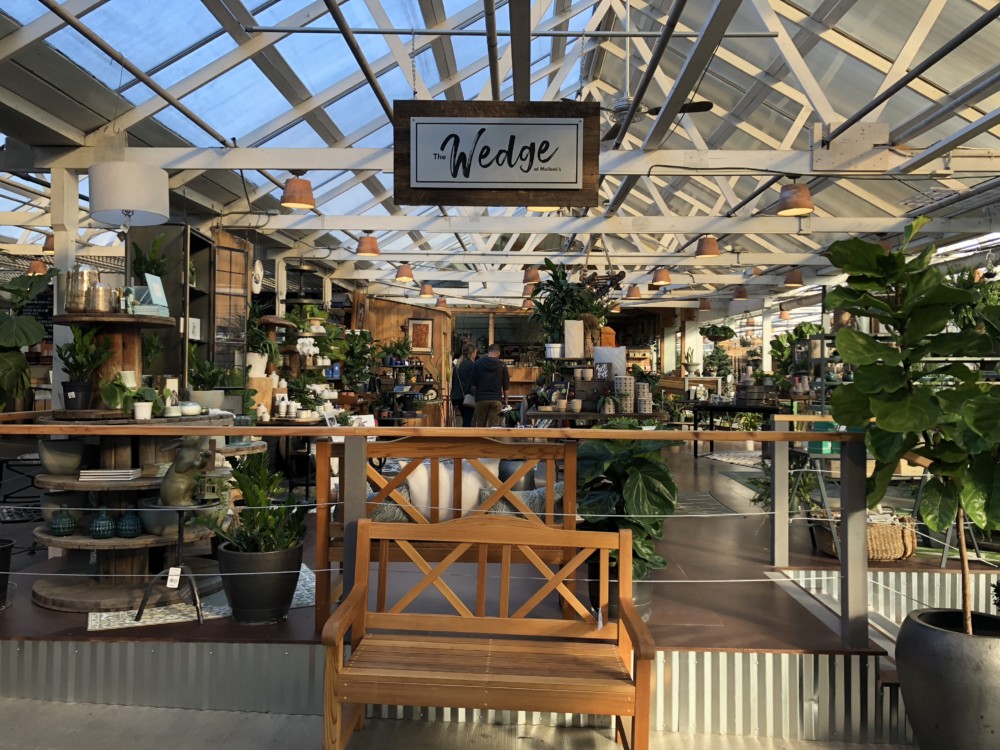
Displays/End Caps
1. Variety is the Spice of Life
Most of us do an amazing job of creating displays around key holidays and events, but it’s tantamount that your displays and end caps change at least monthly. Your customers want to see different displays and products when they shop your store.
Remember, the purpose of brick and mortar is to inspire and engage customers. An easy way to change the look is to simply move your displays within the store. I’ve had a number of our customers tell us that by simply rotating the display in the store that often sales of those specific items increase.
You’ll want to be sure your primary, feature displays at the front of the store change regularly and focus on fresh, impulse items.
2. Needs Versus Wants
Human nature dictates that we are more attracted to items we want rather than items we need. Don’t highlight basic items in these spaces; it’s imperative that products promoted in these endcaps and power islands have the highest profit margin possible for your business.
These are high impulse items that scream, “You need me!” These aren’t the places for low price, closeout items that you are trying to sell at a discount.
You wouldn’t showcase six pack vegetables in a key power island or display at the front of the store, but my guess is that you’d feature your hot new succulents and your Pilea along with corresponding containers in that space, am I right?
A good rule of thumb is to place this display about 20 feet inside the store entrance. This can be centered in the direct line of sight for your customers, or placed to the right of the entrance as the vast majority of your customers will walk into your store and naturally turn right.
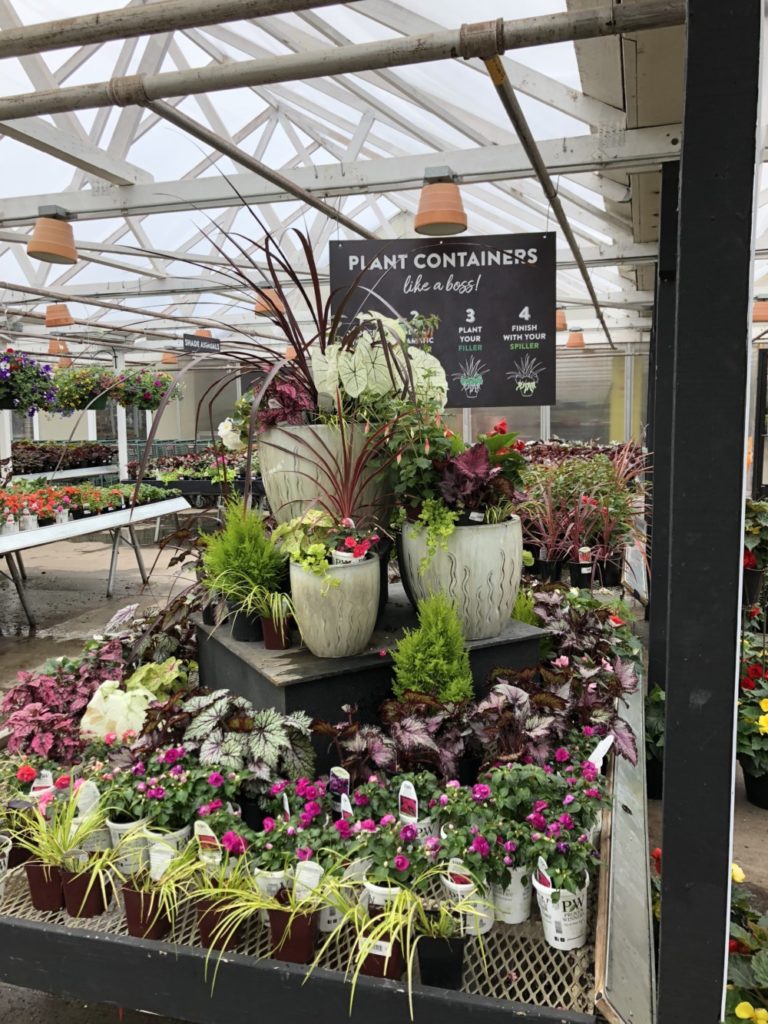
3. Become a Master Storyteller
There are two schools of thought on merchandising, especially in the plant world: large, monoculture masses, which provide an instant pop of color, or more theatrical displays that focus on a theme or color palette versus a specific plant. Both provide visually arresting displays and have their place in the garden center.
I’d suggest you think about how you can tell a story with your displays by helping your customers to jumpstart their imagination with specific ideas. Molbak’s in Woodinville, Washington, has a fantastic new space called The Wedge that does exactly that. This space shows how to incorporate houseplants and tropicals into your décor at home. Chock full of great fabrics, plants and accoutrements, they paint the picture of how to create your own Urban Jungle.
For those of you with more focused plant displays, here are a few suggestions with respect to color: if you’re looking to draw attention, the combination of red, white and black is dynamite.
While color is great, steer away from monochromatic color displays and focus more heavily on related or contrasting colors. Our eyes quickly pick up on contrast in color and texture so capitalize on this.
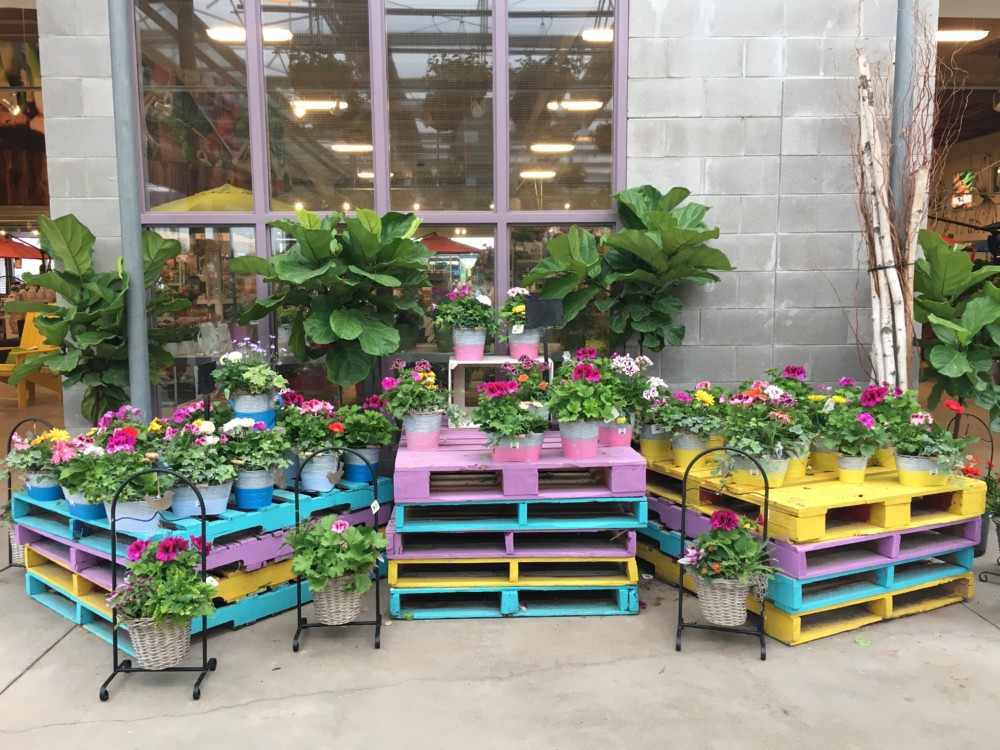
4. Horizontal is Out — Embrace your Vertical Space
One of the biggest differences between a garden center and a grocery store is fixturing. At a grocery store you are looking at shelves of varying heights from floor level to well above 6 feet.
At the garden center, we often see tables that are all the same height. Even the best display will simply fade into the horizon if you don’t experiment with different heights. The goal of a display is to capture the customers attention first and then engage and inspire them.
A few tips: Use the “pyramid technique:” create a primary focal point, generally an item that is the tallest within your display, and position supporting products cascading below this.
If at all possible, allow your customers to shop these “power island” displays from all angles. A 360-degree display allows more interaction, and in turn will help you to sell more product.
5. Embrace Randomness
No, that isn’t a typo. When crafting your end caps or displays, incorporate something completely random into the design. The purpose is to get people to stop!
When you have something that doesn’t fit, the brain automatically forces a person to analyze what conflicts with the display. Don’t believe me? If you’re out shopping, check out display windows at large retailers and see how many “random” items you find.
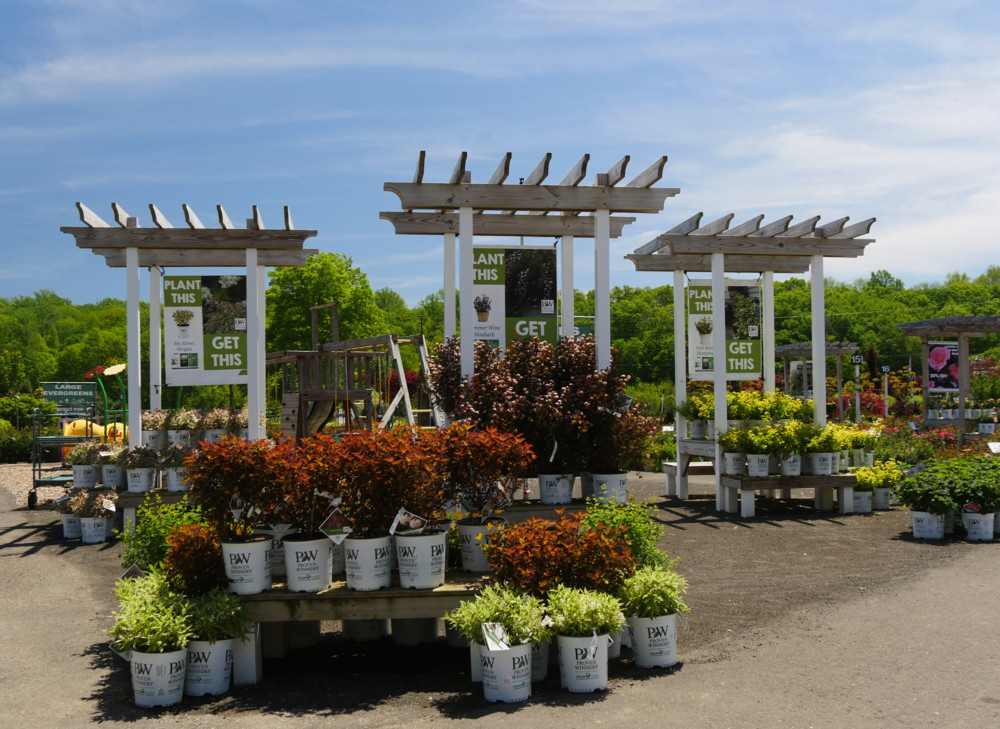
Signage
6. Never Underestimate the Power of the Written Word — and a Picture is Worth 1,000!
Signs are wonderful, but it’s critical that they are used efficiently and effectively. In-store signage can be directional, informational or promotional in nature. Often called the silent salesperson, signage and smart visual cues can direct customers through your store and provide them with information that translates into a purchase decision.
Most of us have about an eight second attention span, so we must ensure that our customers can find the information they need quickly.
Let’s focus on informational signage in displays. Too often we focus on the features of a plant or product — height, width, hardiness zone. While this is great information, it doesn’t really sell the plant.
What our customers really want to know is how it benefits them or solves problems. Don’t be afraid to play with graphics or images to create your own personality. Whimsical and fun signage allows you to connect with your customer while providing them the information they need in a simple, concise format.
When we talk about green goods, it’s often difficult for customers to visualize what a plant (especially a perennial or shrub) will look like full grown. By showing them what they are purchasing and what they can expect, it gives them a much better visual of what they are buying.
In the past few years, we’ve begun creating signage called “Plant This, Get This” to address this issue and it’s fast become our best-selling POP.
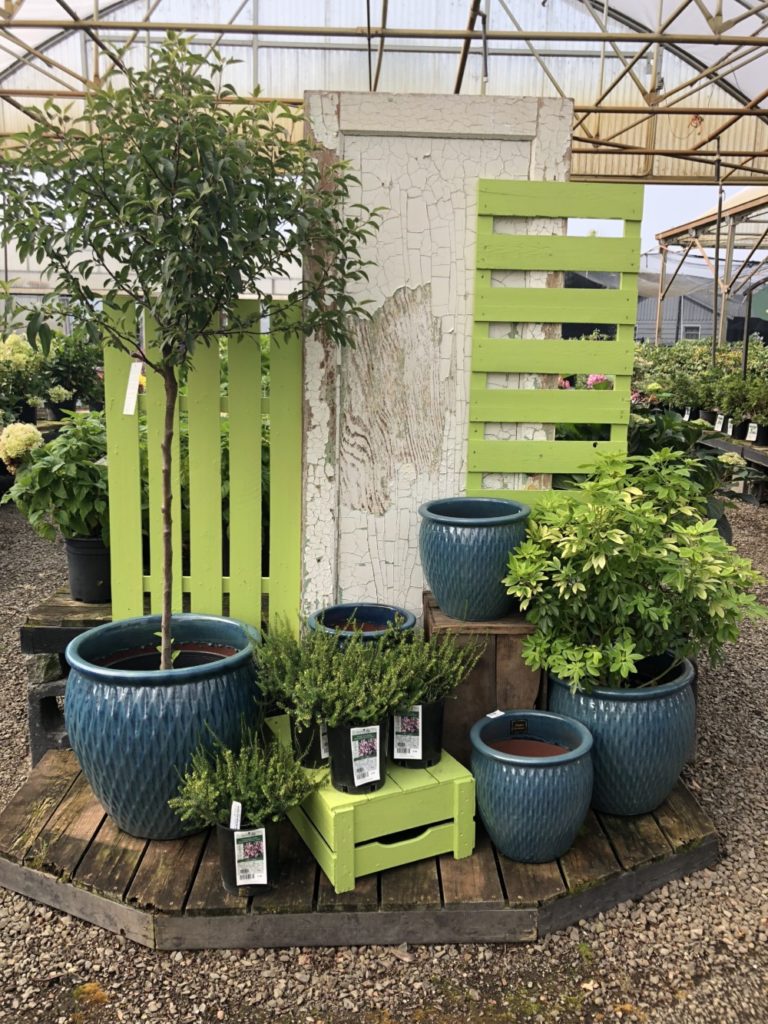
7. Screen Time
We’ve all seen the huge increase in digital media and this will only continue to increase in the retail sector. Digital signage does catch consumers and should be part of your mix. While I’m not advocating using this in every display, you might look at how to incorporate touch screens or monitors that allow your customers to engage with your products.
Rather than sharing technical videos on specific products, think about how you can engage the customer with informative, quick DIY videos. If you are looking for some creative playlists to share, send me an email!
If you’d like help crafting your merchandising or marketing plans for 2019, feel free to contact me at any time.
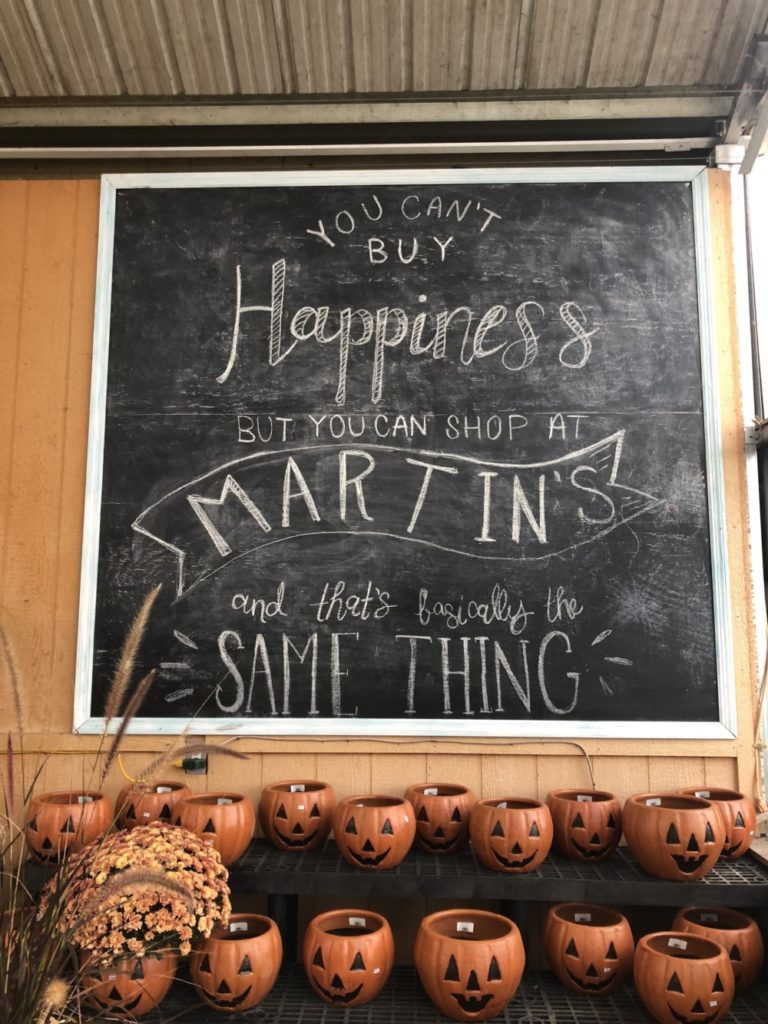

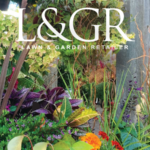
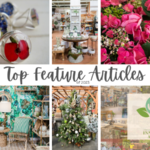
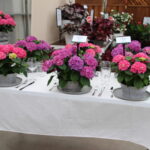
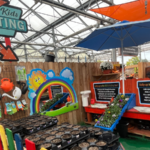

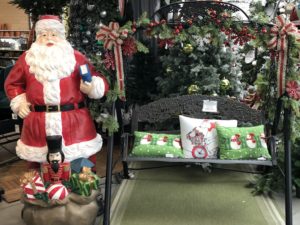
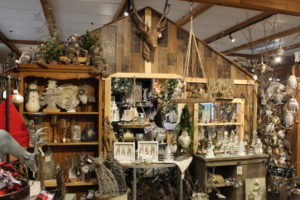
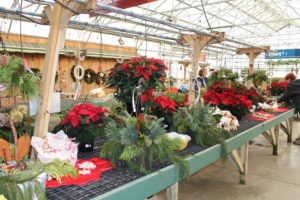
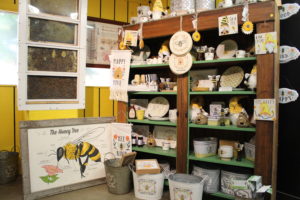
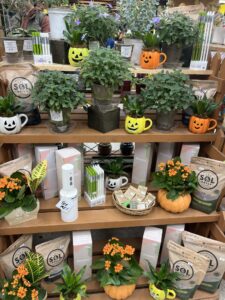
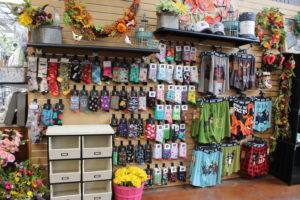
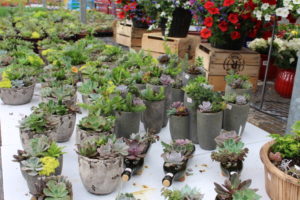
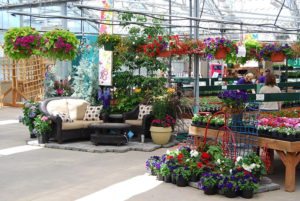
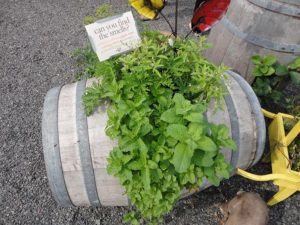
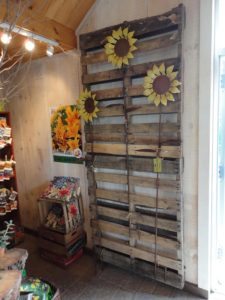


 Videos
Videos





